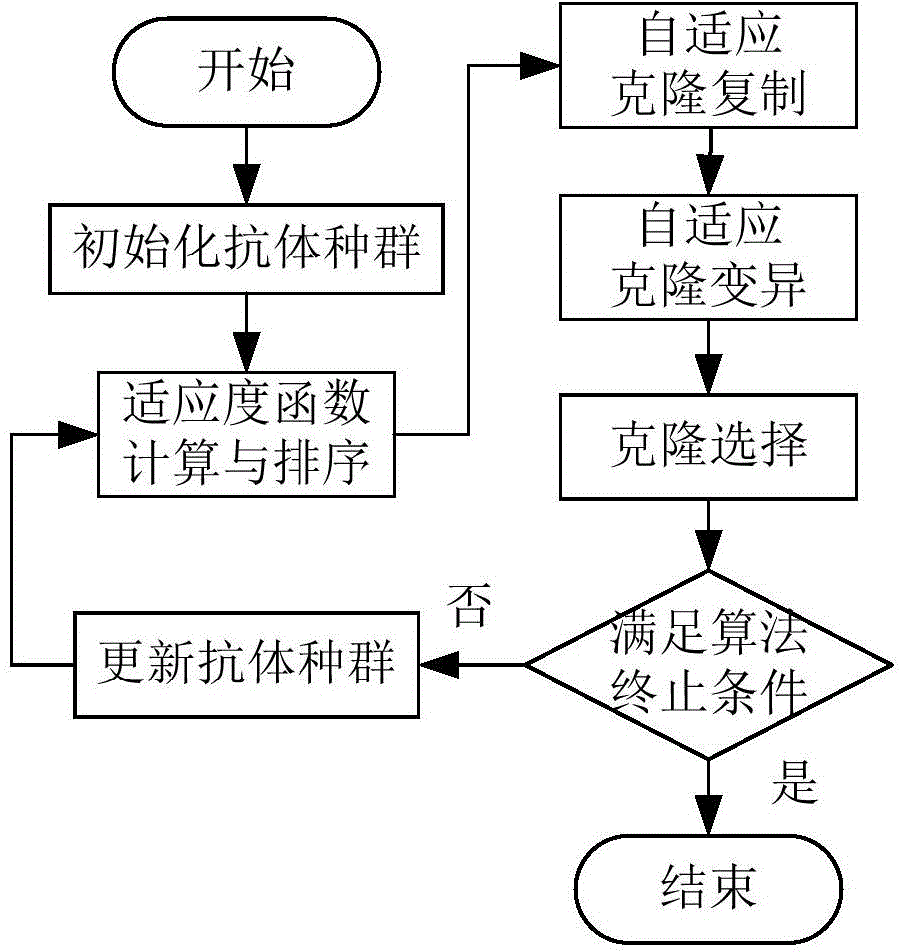Radar imaging method based on phase encoding orthogonal frequency division multiplexing (OFDM) signals
A phase encoding and signal multiplexing technology, which is applied in the field of radar systems, can solve the problems of pulse repetition time, high distance sidelobe, low intercept probability, etc.
- Summary
- Abstract
- Description
- Claims
- Application Information
AI Technical Summary
Problems solved by technology
Method used
Image
Examples
Embodiment Construction
[0078] The present invention will be further described below in conjunction with the accompanying drawings and specific embodiments.
[0079] figure 1 It is a process for generating a complementary phase-encoded OFDM pulse pair signal. Among them, the complementary coding matrix is obtained from the original phase coding matrix through the adaptive clone selection algorithm, and there is a time delay between the complementary signal and the initial signal, and the delay time is the pulse repetition period T r .
[0080] Such as figure 2 Shown is the flow chart of the adaptive clone selection algorithm. The problem is set as an antigen, and its solution is set as an antibody. The fitness function is used to measure the quality of the solution, and the solution with the maximum function value is sought. Proceed as follows:
[0081] (1) Set the algorithm parameters and initialize the antibody population. (2) Fitness function calculation and sorting. (3) Adaptive clone r...
PUM
 Login to View More
Login to View More Abstract
Description
Claims
Application Information
 Login to View More
Login to View More - R&D
- Intellectual Property
- Life Sciences
- Materials
- Tech Scout
- Unparalleled Data Quality
- Higher Quality Content
- 60% Fewer Hallucinations
Browse by: Latest US Patents, China's latest patents, Technical Efficacy Thesaurus, Application Domain, Technology Topic, Popular Technical Reports.
© 2025 PatSnap. All rights reserved.Legal|Privacy policy|Modern Slavery Act Transparency Statement|Sitemap|About US| Contact US: help@patsnap.com



